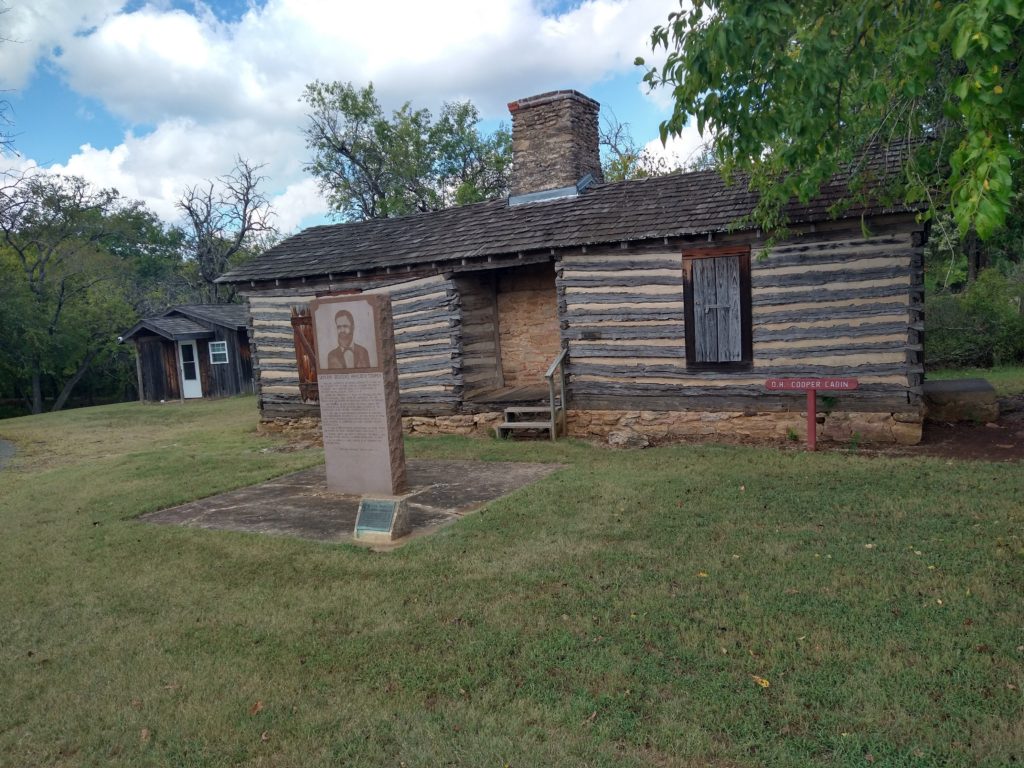In the backwoods of a small town in Oklahoma there is a historical gem you need to visit. It’s called Fort Washita and offers first-hand testimony of the history of the Sooner state.
Fort Washita was built during the same time period as the Trail of Tears in what is known today as Durant, Oklahoma. The fort was initially used as a military post to police Native Americans who were part of the Chickasaw Nation.

In 1849 the gold rush hit California and Oklahomans wanted in on it.
The so-called ‘49ers needed a way out so built a road through the fort. That road became the oldest official route linking Oklahoma with California.
The fort would again play a role in the Texas-Indian. That war saw the beginnings of the Dragoons which fought on horseback from 1855 until 1885 when the repeater rifle transformed them into a more modern cavalry force.
“We found some alcoholic beverage bottles of various kinds. Which makes me feel like they weren’t just soldiers but actual human beings.” Bryan Stubb, an employee at Fort Washita, said.
The soldiers that were stationed there during the Civil War lived a hard life due to the inability to go to the forts town of Hatsboro.
The fort also experienced many Confederate soldiers being brought in for the treatment of injuries and other illnesses.
Many local folklore stories and legends have been associated with the fort.

“As it gets darker earlier I hear a horse-drawn carriage pull up to D.H. Coopers Cabin almost every week in the winter months” Stubbs said.
The carriage is rumored to belong to the fort’s former leader, Colonel Douglas H. Cooper. His carriage was his private form of transportation; Cooper died in 1879. His house is still standing and is the most intact building on the current historical site.
“People say they see apparitions of Confederate soldiers,” Stubb said.
The local legends say those apparitions are linked to the burying of confederate soldiers in unmarked graves at the fort.
There’s also a ghost story of a freed slave named Aunt Jane. She was attacked and gruesomely murdered near the fort. The attack was as controversial then as the ghost stories about her are now.
“Yeah we don’t talk much about [Aunt Jane] as she is more of a legend than a grounded reality story.” Stubb’s said.
The State Of Oklahoma declared the fort a historic sight for the Choctaw and Chickasaw nations in 1962. In 2010, a teenage boy started a fire that burned down the southern barracks of the fort. However, there is still a lot of history on display. If you find yourself in the area consider stopping by because you won’t be disappointed.

